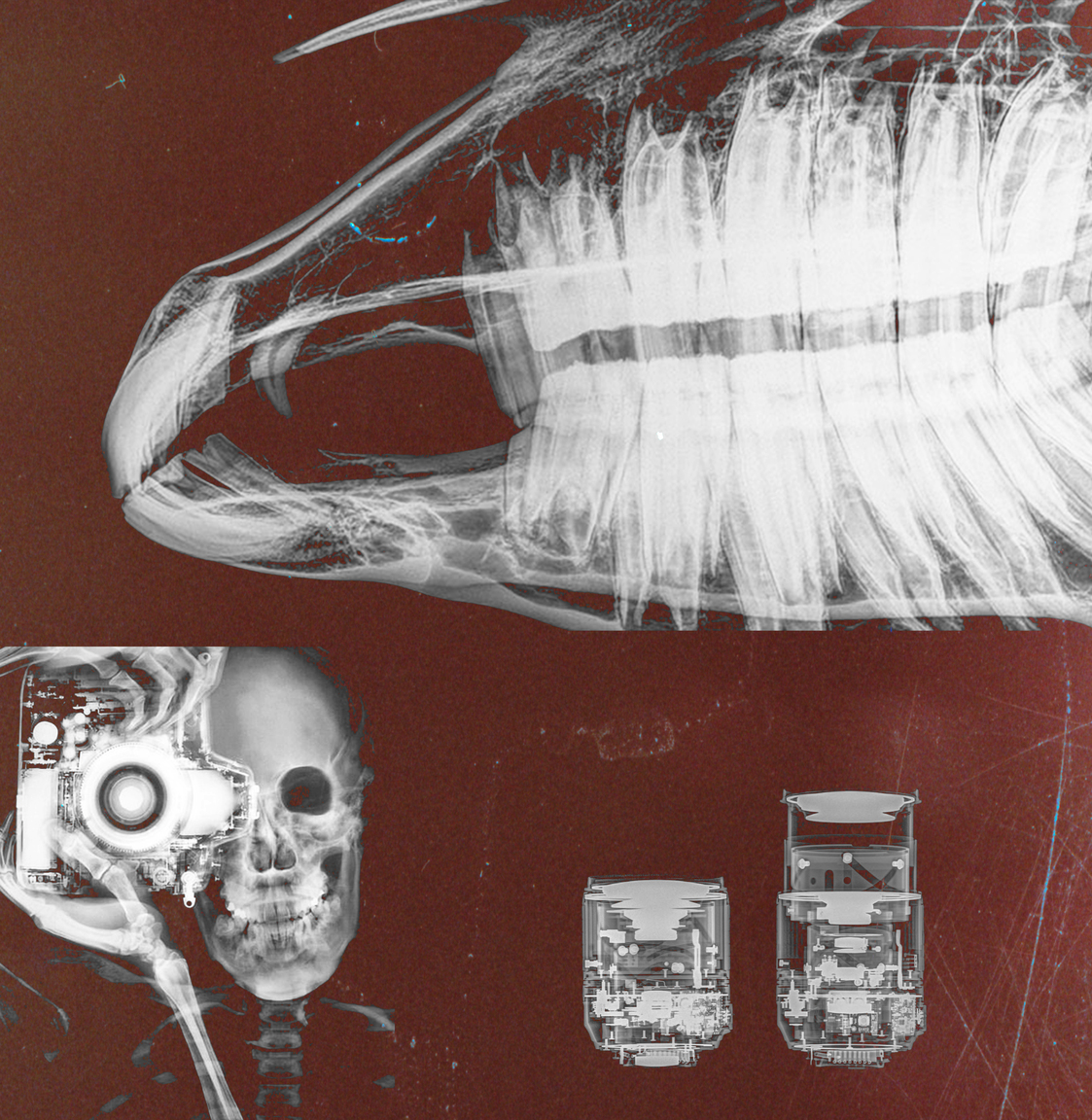Utstilling

Rasmus Drastrup / a tender wound
Rasmus Drastrup is a second year student at the BFA in Fine Art programme.
Growing up we get taught the belief that humanity is above both the animal and the machine. One notable machine in this context is the camera. With an insistent demand for a subject or motif, the camera often finds its focus on animals. Photographic devices rely on animals to breathe life into their dead moving images, effectively turning them into conduits for conveying our emotions, desires, and dreads. We rely on the camera to conjure analogies for us. Perhaps the camera invented itself. Born out of our need to frame the world around us.
Sundays are dedicated to leisurely moments spent on the sofa, snugged in warm blankets while we watch Animal Planet. Here, we witness the elegant spectacle of birds perched upon the rugged hides of elephants and gaze at the formidable armor-like skin of rhinos. It seems the animals are consciously modeling for us, perhaps instinctively knowing they have an audience. We reminisce to a hot humid summer day, when we go searching for our missing childhood pet, hiding in the tall garden weeds, we stop to think again; not sure whether it is a hamster or stone?
In a dusty corner of our living room, clusters of sports equipment serve as reminders of our physical aspirations, offering potential extensions of our bodies. The camera acts like an extra brain, helping us remember what we else would forget. Almost emerging as a futuristic automaton, embodying the essence of human anatomy. Through the lens of the camera, we see our own morbid reflections, forming connections, sometimes in contradiction, and utilizing it to objectify and negotiate our interactions with one another and ourselves.